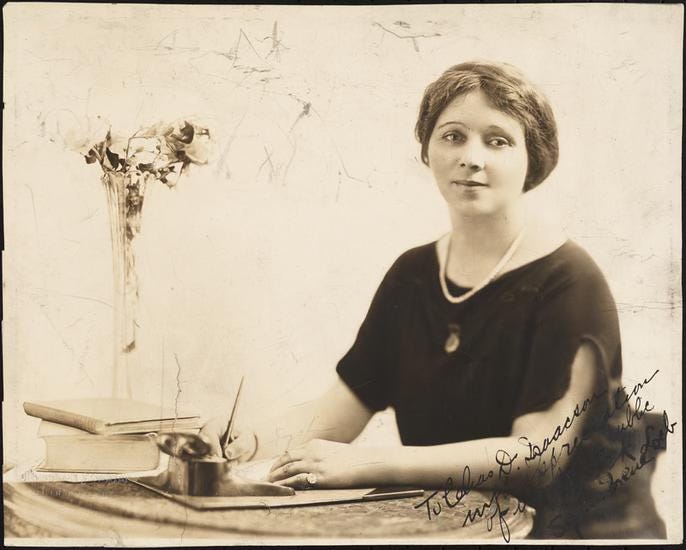Trump's curious Garden of American Heroes
Lessons from Central Park
Sophie Simon’s life changed suddenly when her father died in 1886. Still in high school, the 16-year-old had to take a part-time job clerking in a store to help her mother and five younger siblings. The family had emigrated from Russia to the U.S. in 1876, settling in a town near Pittsburgh.
Sophie wound up marrying the store owner, Ansel Loeb. She took his name and kept it, even after their divorce, when she moved to New York City in 1910 and began work as a reporter for the New York World.
“Loeb interviewed widowed women who, unlike her own mother, had been forced to place their children in orphanages,” wrote Marjorie N. Feld. “These interviews inspired her to work for the allocation of public funds for ‘widows pensions.’”
Sophie Simon Loeb’s work as a writer, activist and civic leader helped bring about a revolution in child welfare policy, keeping families together as the movement spread to 42 states and around the world.
Today she is rememb…
Keep reading with a 7-day free trial
Subscribe to Now It's History to keep reading this post and get 7 days of free access to the full post archives.



